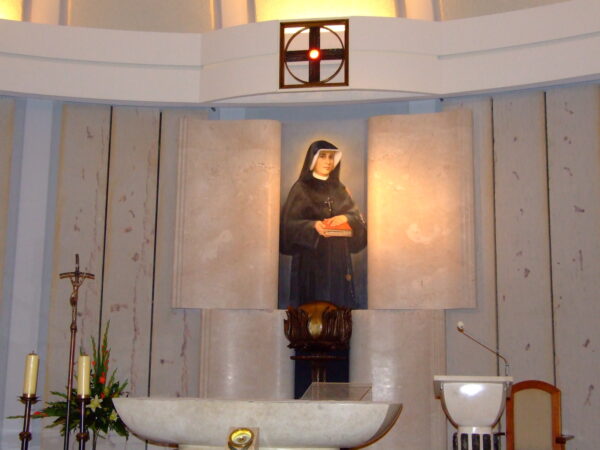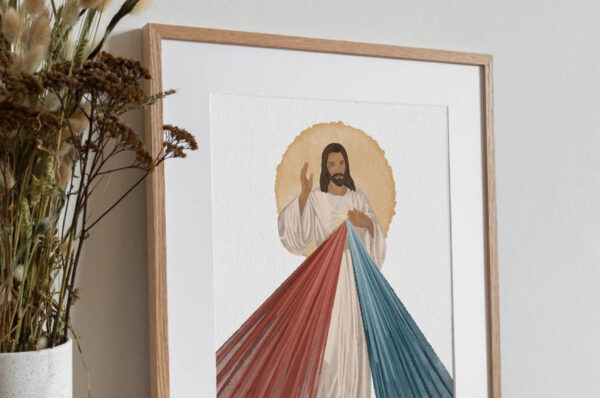Time is a mysterious thing. Minutes, hours, days, weeks, months and years — the cosmic movement of the Earth around the sun and the moon around the earth gives shape to our human experience. It creates a rhythm for our whole existence — our work, our play and even our prayer.
God, of course, transcends time. But when God became man, Christ became the bridge between heaven and earth. The Incarnation subjects the eternal word to time; God now exists both outside of time and within it. Since then, our experience of time becomes a window into eternity, and this is most perfectly facilitated through the Christian, or liturgical, year.
The liturgical calendar is not an attempt to “Catholicize” the secular calendar, nor was it arbitrarily created by the Church. Rather, it reflects the natural ways humans experience time, both as a cosmological and cultural phenomenon, to help us to deepen our relationship with our omnipresent God. It gives meaning to the year and a new significance to each season.
The liturgical year tells the story of God loving humanity. Beginning with the Incarnation in the seasons of Advent and Christmas, it takes us through Jesus’ life, death, resurrection and heavenly glory (with the feast of Christ the King celebrated on the final Sunday of the year).
Our experience with time is more than just mere movement of a clock or crossing boxes off the calendar. Human culture has imprinted its own “reference points,” or rhythms, that make time intelligible and meaningful — days of the week, months, holidays, feasts. The liturgical year tells the story through these fixed reference points, transforming them into something sacred and allowing us to order our days toward God.
However, rather than only helping us to remember the paschal mystery, the Christian year allows us to enter into it as an active participant. It helps us see the story of salvation as a present reality instead of a past event and more importantly, it helps us recognize our role in this grand adventure as it continues to unfold.
One important way the liturgical calendar does so is by reflecting the cosmological changes in the earth, in the sky and in the seasons, to help us gain a better understanding of the heavenly reality. For instance, Lent is both a physical and spiritual springtime, a time of growth and new life. The world around us gives us tangible signs of resurrection as we celebrate Easter.
The feast of John the Baptist takes place around the summer solstice, when the days begin to shorten, which is described by Cardinal Ratzinger (the future Pope Benedict XVI) in “The Spirit of the Liturgy” as a “liturgical and cosmic expression of the the Baptist’s words: ‘He [Christ] must increase, but I must decrease’ (Jn 3:30).” The days then begin to lengthen on Christmas Day, which signifies that Christ is the light of the world — both literally and figuratively!
The days of the week, for example, hold certain significance for a Christian. Fridays, even outside of Holy Week, invite us to remember Christ’s passion with fasting or penance, while we celebrate the feast of the Resurrection every Sunday by going to Mass and feasting.
And of course, since we are both physical and spiritual beings, time itself and our worship within that time must have some kind of temporal or tangible quality — sights, smells, sounds, tastes and other sensory experiences that allow us to interact with the sacred.
The change in the color vestments, the smell of incense, the hymns sung, the food we eat on days of feasting (or the lack of food on days of fasting) can make time more significant and help us enter more deeply into prayer both within the Mass and outside it.
As Catholics, we can intentionally live in regards to the Church’s calendar by incorporating these tangible aspects of the liturgical year into our own domestic church.
Get creative! Wear blue on Marian feast days. Cook a special meal on Sunday or to celebrate your favorite saint. Make a themed Spotify playlist, or incorporate signs of the liturgical season (like an Advent wreath) into your home decor.
These things are powerful reminders that this world is not our final home.
Liturgical living is not just for crafty mommy bloggers but is actually hardwired into humanity’s DNA. It allows you to extend the liturgy throughout your day, order your days toward heaven, and weave the paschal mystery into the very fabric of your daily life.




